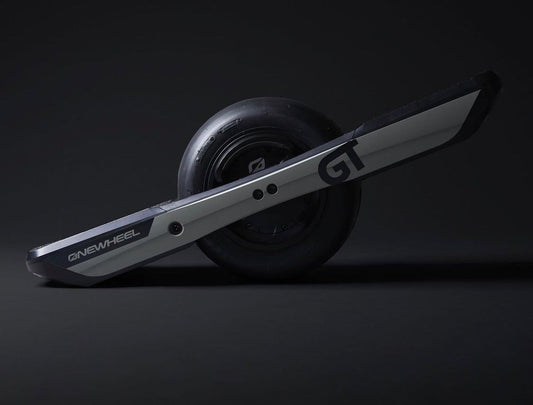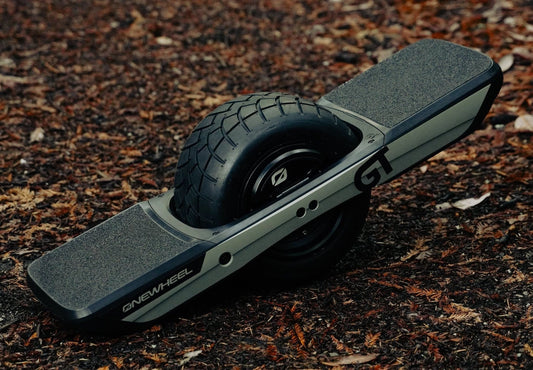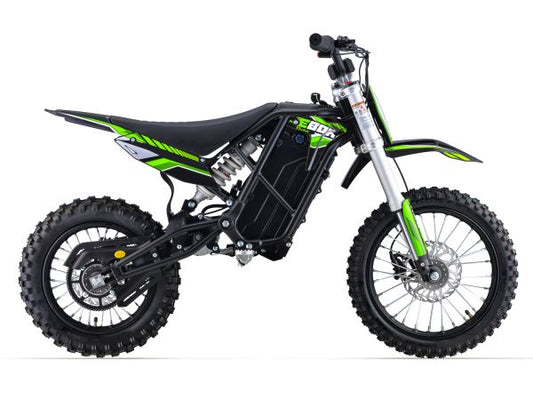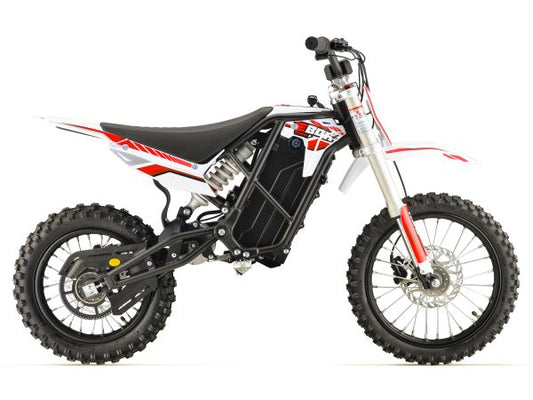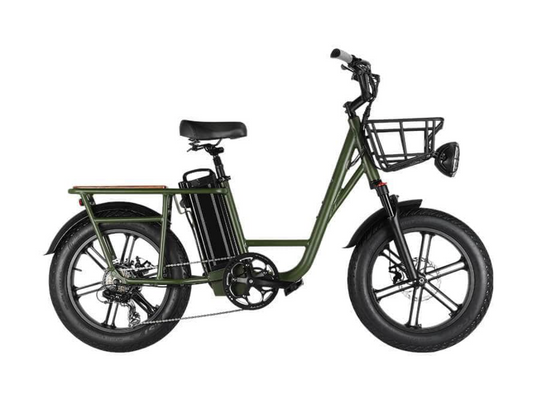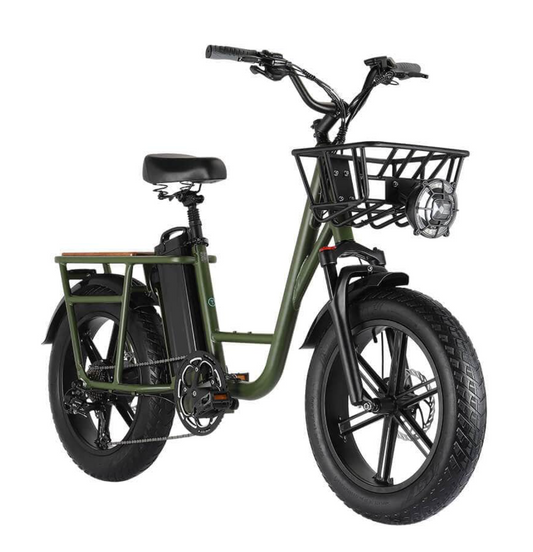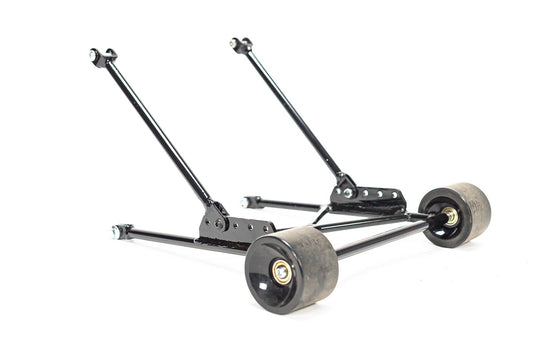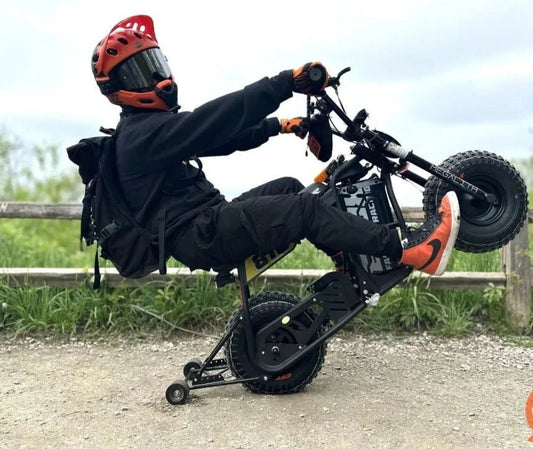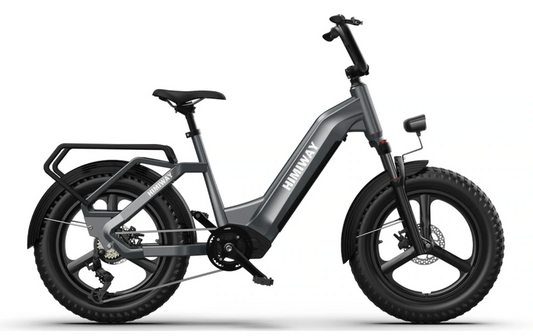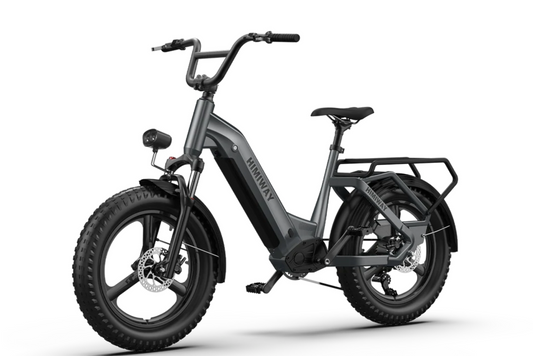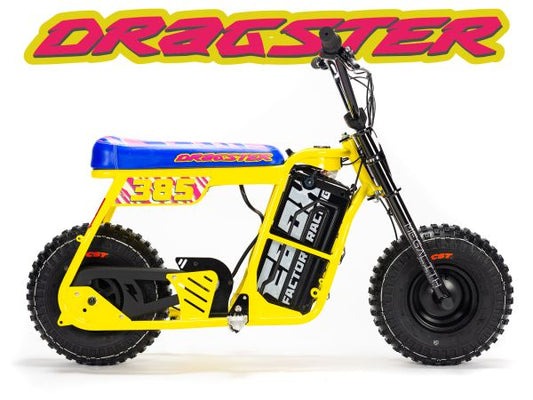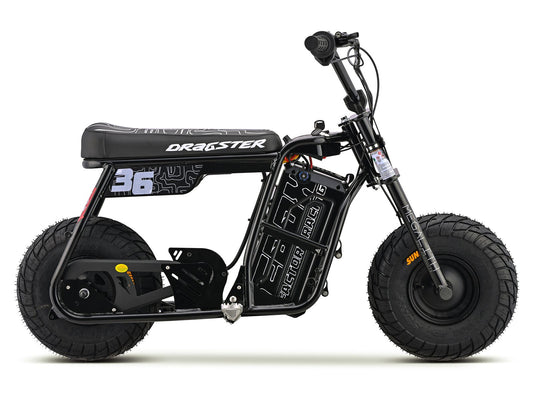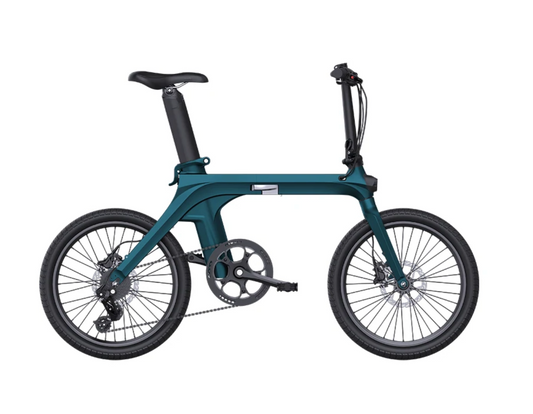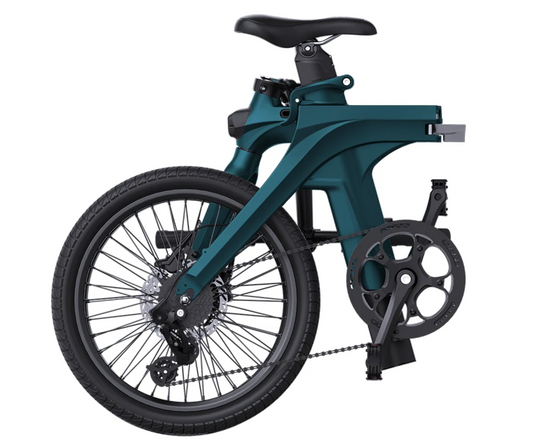Power Up Your Ride: The Ultimate Guide to Electric Bikes and Future Trends
Electric bikes, often referred to as e-bikes, are revolutionizing the way we think about cycling. These innovative machines provide pedal assistance, making cycling more accessible and enjoyable for a wider range of users, from daily commuters to recreational riders. The global e-bike market is booming, projected to grow from $23.83 billion in 2023 to $40.98 billion by 2028, reflecting a growing interest in sustainable transportation alternatives.
E-bikes are categorized into three distinct classes based on their motor assistance capabilities. Class 1 e-bikes offer pedal-assist only with a maximum speed of 20 mph, while Class 2 e-bikes provide both pedal-assist and throttle capabilities, also maxing out at 20 mph. Class 3 e-bikes, on the other hand, are pedal-assist only but can reach speeds of up to 28 mph. Interestingly, approximately 30% of e-bike buyers report using their e-bikes primarily for commuting, highlighting their role as a viable alternative to traditional transportation methods. Moreover, e-bikes significantly contribute to reducing carbon emissions, with studies suggesting that a 15% increase in e-bike adoption in urban areas could lead to a reduction of over 900 metric tons of CO2 daily.
Types of Electric Bikes
When it comes to selecting the right electric bike, understanding the different types is crucial. Commuter e-bikes are specifically designed for daily travel, featuring a comfortable geometry and accessories such as racks and lights to enhance their usability for city commuting. For those who enjoy off-road adventures, mountain e-bikes come equipped with wider tires and robust suspension systems, allowing riders to tackle rugged terrains with ease.
Additionally, electric dirt bikes cater to thrill-seeking riders, offering high-performance motors and eco-friendly features that make them ideal for off-road escapades. Folding e-bikes are another practical option, particularly for urban commuters who need a portable solution that can easily fit into small spaces or public transport. Lastly, cargo e-bikes are designed to carry heavy loads, making them perfect for families or small businesses looking for efficient delivery solutions.
Key Features to Consider When Buying an E-Bike
Choosing the best electric bike involves considering several key features that can significantly affect your riding experience. Battery life is paramount, with capacities typically ranging from 400Wh to 700Wh, which can impact the riding range anywhere between 20 to 100 miles based on riding conditions. For instance, a commuter who regularly travels long distances would benefit from a bike with a higher battery capacity to ensure they don't run out of power mid-journey.
Motor power is another critical factor, with common wattages spanning from 250W to 750W. A more powerful motor enhances acceleration and climbing ability, making it easier to navigate hilly terrains. The weight of the e-bike, usually between 40 to 70 pounds, also plays a role in handling and portability, especially for commuters who may need to carry their bike up stairs or onto public transport. Additionally, integrated lights and reflectors are essential for safety, particularly for night riding or in low-visibility conditions.
 Popular E-Bike Brands and Models
Popular E-Bike Brands and Models
Several brands stand out in the crowded e-bike market, offering a range of models that cater to various riding styles and preferences. The Aventon Level 3 is frequently cited as the Best Overall E-bike, known for its comfort upgrades and effective theft deterrents. For those needing to transport heavy loads, Specialized's Globe Haul ST can carry up to 419 pounds, making it a fantastic choice for families or delivery services.
Another commendable option is Lectric's One, which combines high-end components with affordability, making it a popular choice for commuters seeking quality without breaking the bank. Brands like Rad Power Bikes and Trek are also recognized for their extensive range of models, catering to diverse budgets and riding styles. The Gazelle Medeo T9, praised for its balance of performance and comfort, has become a favorite among recreational riders.
 E-Bike Maintenance and Care
E-Bike Maintenance and Care
Proper maintenance is vital for ensuring your electric bike remains in top-notch condition. Regularly checking tire pressure and tread condition is essential for optimal performance. Keeping the chain and gears clean every few weeks will help maintain smooth operation and prolong the life of your bike.
Battery care is particularly important; ensuring it is charged correctly, avoiding complete discharges, and storing it at room temperature can significantly extend its lifespan. Additionally, inspecting brakes and lights regularly is crucial for safe riding, especially in urban environments where visibility is key. Using a protective cover to shield the e-bike from harsh weather conditions when not in use can also help in preserving its components.
 Safety Tips for Riding E-Bikes
Safety Tips for Riding E-Bikes
Safety should always be a priority when riding an e-bike. Wearing a helmet is fundamental to reducing the risk of injury in case of an accident. Riders should familiarize themselves with local laws regarding e-bike usage, including speed limits and designated riding paths, to ensure compliance and enhance safety.
Using integrated lights and reflective gear during low-light conditions can significantly increase visibility, while maintaining a safe distance from vehicles and pedestrians is essential, especially in crowded urban areas. Taking an e-bike safety course, if available, can also provide valuable insights into proper riding techniques and safety protocols.
Future Trends in E-Bike Technology
The future of e-bike technology is promising, with several advancements on the horizon. One significant trend is the improvement in battery technology, leading to longer ranges and shorter charging times; some batteries can now fully charge in as little as three hours. Moreover, smart technology integration is becoming increasingly common, with apps available for tracking performance and enhancing theft prevention features.
The e-bike market is also witnessing a shift towards eco-friendly materials and sustainable manufacturing practices, aligning with broader environmental goals. Increased investment in e-bike infrastructure, such as dedicated bike lanes and charging stations, is expected to enhance safety and convenience for riders. Additionally, emerging technologies like regenerative braking systems are being developed to extend battery life and improve energy efficiency, making e-bikes an even more viable transportation option for the future.












